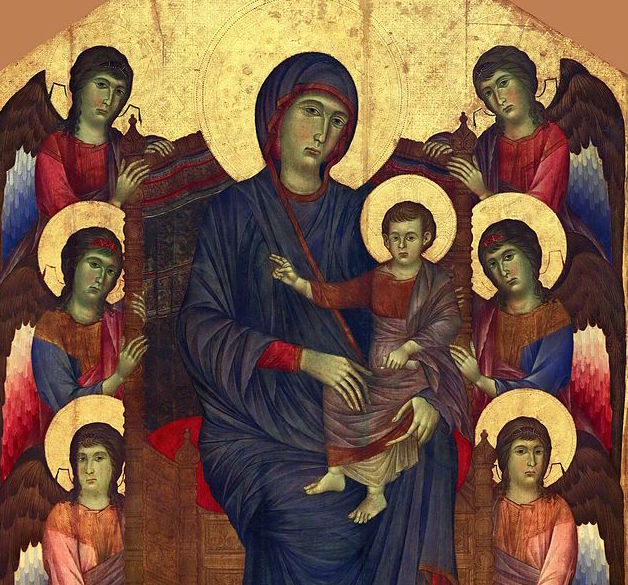- Read offline
- Access all content
- Use the in-app Map to find sites, and add custom locations (your hotel...)
- Build a list of your own favourites
- Search the contents with full-text search functionality
- ... and more!
Cimabue
First Man of the Proto-Renaissance

Cenni di Pepo, known as Cimabue (c. 1240–1302), was the painter credited by Vasari with initiating the ‘rebirth of the arts’; his biography is the first in the Lives of the Artists. Cimabue was the master of Giotto, and one of the first painters to depart from the stylization of Byzantine painting.
Cimabue was born in Florence, but beyond that almost nothing is known about his life. He spent a lot of his early career in Rome and in Pisa, where he contributed mosaics to the cathedral. His greatest work is the frescoes of San Francesco in Assisi, which were completed by Giotto.
Vasari, for the glory of Florence, overemphasized Cimabue's originality a bit. The influence of Byzantine painting on the proto-Renaissance has not been thoroughly studied. But it is clear that the Greeks, far from being stuck in the past, were already having a little proto-Renaissance of their own. Vasari did hint that Cimabue may have had 'Greek masters'. In Rome, he would have known the art of Pietro Cavallini and other contemporaries who were making great advances there.
In Florence, Cimabue's work can be seen at the Uffizi (Maestá di S. Trinitá), in the mosaics of the Baptistry, and a painted Crucifix in the Museo di Santa Croce.
Image by Cimabue

